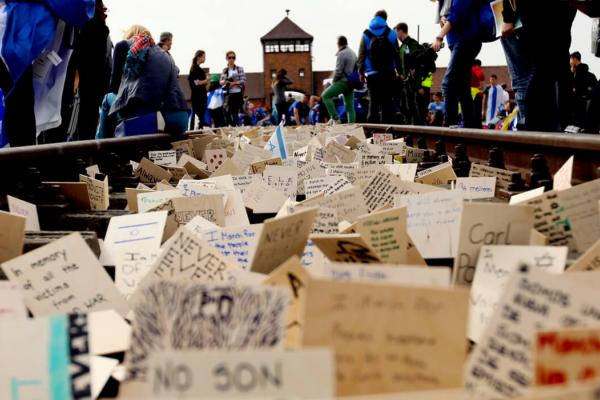ONE MUST BE cautious about drawing simplistic historical analogies. Nowhere is this truer than in the case of comparisons to Nazi Germany, its leaders, and the Holocaust. The period between 1933 and 1945 was characterized by a complex constellation of factors, many of them unique to Europe during the first half of the 20th century. Nationalism, anti-Semitism, ethnocentrism, and populism have played a role in different historical periods and national contexts. Moreover, the language of grievance and resentment is usually homegrown, drawing upon the embedded prejudices and fears of a particular society as well as its hopes, which often are articulated in themes revived from the particular history of the host nation.
Read the Full Article

Already a subscriber? Login
